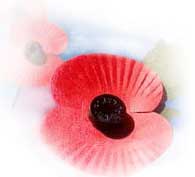

term from its documents. Nor was it a British phenomenon - German doctors called the symptoms of their soldiers kriegsneurose and the French described the illness as la confusion mentale de la guerre. French shell shocked soldiers could not be medically discharged from the forces with this disorder nor could they claim a disability pension.
Official British figures claim that 80 000 cases of shell shock passed through the various medical facilities during WW1 but many cases were covered up by sending psychiatric cases to ordinary hospitals and the true figure could be approximately 200 000 cases. German records recorded a figure of 613 047 cases of nervous disorders between 1913-1918.